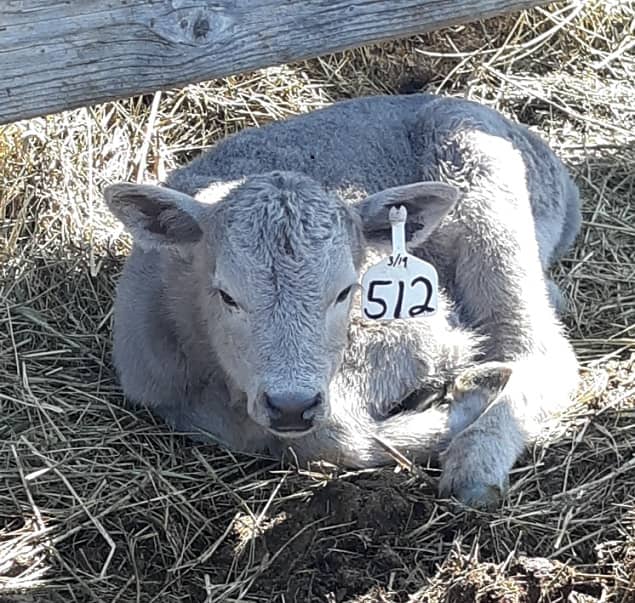The routine “calving check” is one of the most important tasks on the list of beef cattle producers during calving season. Most producers have their own plan for how often they give their calving herd the once-over, but some may have not considered how their animals’ physiology should guide this schedule.
Incredible advances in technology have made it easier for producers to perform calving checks. Wireless cameras in the calving barn mean producers can monitor cows and heifers without leaving the warmth of the house. Devices strapped to the back end of cows can send an alert to a smartphone when the calving process commences, and drones can even be used to check up on cattle in remote areas.
Monitoring Significant Events
While “how” cattle producers check their animals may have changed rapidly in recent years, “what” they’re watching for – the stages of labor and calving haven’t. The normal progression of labor should guide how often we walk out to the calving pen, or whip out the smartphone for a look.
Of course, the most optimal frequency of observation occurs when we don’t miss events too important to miss. Some examples are:
- Cows or heifers spending too much time in Stage I labor (the preparatory stage of labor). This varies greatly among cattle based on their parity, but will normally last 2-6 hours. Stage I labor lasting more than 8 hours means a greater chance the calf will be stillborn or oxygen deprived at birth.
- Cows or heifers spending too much time in – or giving up on – Stage II labor (the delivery stage). Once the delivery phase begins, steady progress should be made, culminating in a live calf somewhere between 30 minutes and 2 hours after it commences.
- Signs of distress in a calf during labor, such as a swollen tongue – or signs of an abnormal (backwards, breech, etc.) birth.
- A live-born calf that needs timely help starting to breathe, nurse, or be protected from cold, wet conditions.
How Often Should You Check In?
A common rule of thumb is that cows and heifers should be checked every 3 hours. Comparing this to the information above would indicate that should be sufficient to determine whether a cow has been “messing around” (stage I labor) too long, but maybe not long enough to determine whether a cow has been in the delivery phase (stage II labor) for 2 hours.
Many cattle producers check their calving areas less frequently than every 3 hours on average. This can be a compromise among labor, time, and the risk of losing a calf. Most also realize, however, that certain factors can result in a group needing more or less frequent observation, such as:
- First-calf heifers (more frequent checking) vs. older cows
- How many cows are calving (more calving means more frequent checking)
- Previous indications of dystocia problems (bigger calves than expected means more frequent checking)
- Weather (cold wet weather means more frequent checking, in order to assist calves after birth)
The Bottom Line
All beef cattle producers want to maximize the number of live calves born. Offering timely assistance to cows and heifers having problems, and providing prompt attention to newborns are some of the ways this can be done during the calving season. As such, erring on the side of checking calving areas more often – rather than less often – can be a good idea.
###
Russ Daly – SDSU Extension Veterinarian, State Public Health Veterinarian
SDSU Extension/iGrow


